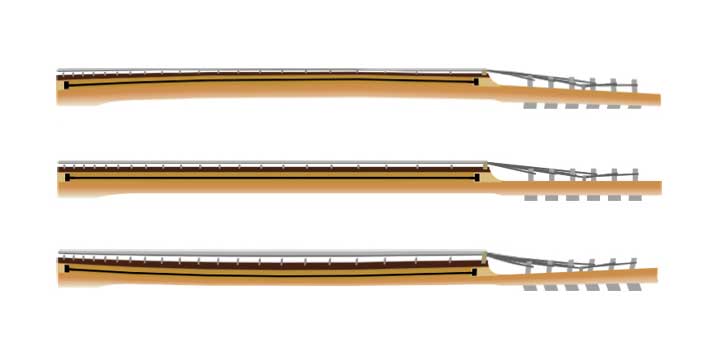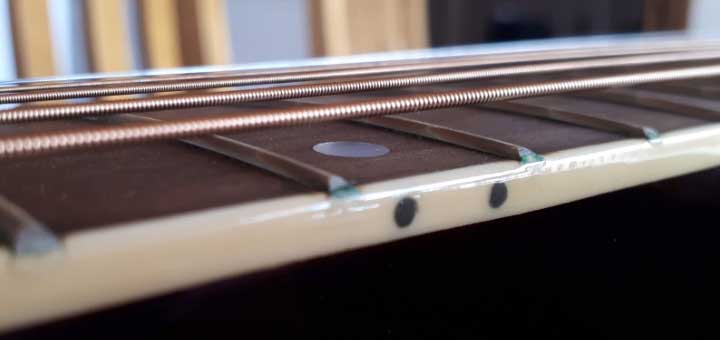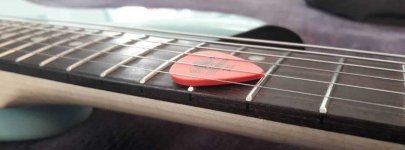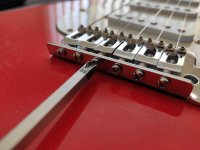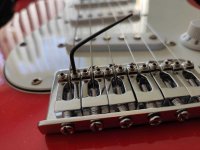Ok, so your best bet is going to be to take it into a local guitar shop for a setup. That may cost around $50US, but is well worth it.
If you can't afford that, or want to learn how to do it on your own, here's a VERY basic approach:
1. Neck bow. If you put a capo on the first fret and a finger on the highest fret of the low E string (the THICKK one), you should have just barely enough space that if you pluck between the capo and the finger, the note will ring out. There should be less than 1mm space here. If there's a lot of space, you have too much bow, and need to tighten your truss rod - that's usually at the top of the neck, right behind the nut, and under a plastic cover held down by three tiny screws. Your guitar should have come with an allen wrench specifically for this. To tighten the truss rod, insert the wrench and turn from thin strings to thick. It should NOT need a lot of adjustment, and you should re-tune and do the above check again.
b. If the string won't ring, there's not enough bow, and you need to loosen the truss rod. Go from thick to thin, and only make one adjustment, retune, and let it sit for 24 hours to allow the wood to "settle."
2. Once the bow is correct, you can adjust the saddle height of each string on the bridge. Each string has it's own saddle (the part the string goes across) and two tiny screws on top (one on either side of the string), holding the saddle up off the base of the bridge - this is string height. Adjust both to keep the saddle "even" on both sides of the string. Loosen the screws a little to lower, tighten to raise. Retune the string and check by playing and bending a note on each fret of the string from the 12th fret up to maybe the 20th or so. If there are ANY dead spots, you went down too far. Repeat across all six strings. Take care to ensure continuity from one string to the next - you want them to make a gentle arc from thin to thick, just like the arc (radius) of your fretboard.
3. Intonation. See this thread.
https://synner.com/threads/setup-basics-of-intonation.5086/
It can be a lot of time-consuming work, but learning how to do it can be VERY rewarding, and save you a lot of money in the long run!



